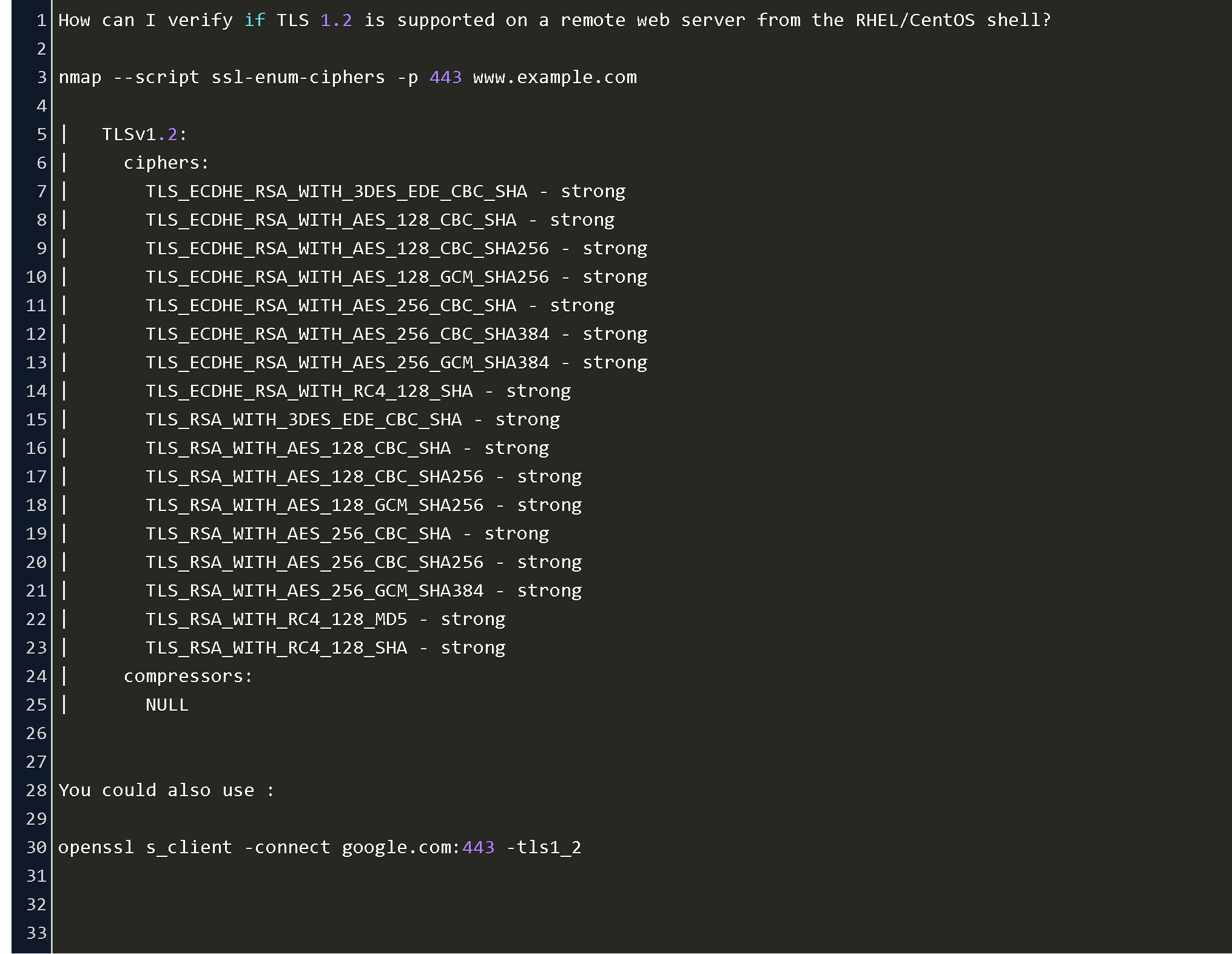

* schannel: checking server certificate revocation * schannel: SSL/TLS connection with .net port 6380 (step 1/3) Test with a given CipherSuite and TLS versionĬurl -v -ciphers ECDHE-RSA-NULL-SHA -tlsv1.2

Test connection with a given TLS version.Ģ. It can also used to test TLS connection.ġ. It is a tool designed to transfer data and supports many protocols.

Suitable scenarios: TLS version mismatch, no supported CipherSuite, network connection between client and server.Ĭurl is an open source tool available on Windows 10, Linux and Unix OS. Here in this blog, I will introduce 5 handy tools that can test different phases of SSL/TLS connection so that you can narrow down the cause of SSL/TLS connection issue and locate root cause. However capturing network packet is not always supported or possible for certain scenarios. In last blog, I introduced how SSL/TLS connections are established and how to verify the whole handshake process in network packet file.


 0 kommentar(er)
0 kommentar(er)
